Max Sher. Internal Colonization
Internal Colonization is Max Sher’s ongoing photographic research of colonial processes within Europe. This time, the artist uses landscape photography to challenge its traditional purpose. While conventional landscape photography often showcases exotic, distant, ‘wild’, or ‘barbaric’ non-European worlds, this project turns the gaze inward to inspect objects, places, and structures within Europe that appear mundane. We present a fragment of a study where Sher delves into Germany’s colonial history. By inspecting urban and rural landscapes, he reveals hidden traces of colonialism in architecture, contemporary institutions, urban and rural planning.
How did the concept of ‘internal colonization’ originate? What were the expectations of German colonizers from the conquest of the ‘Wild East’ and Africa? How has the German imperial imagination permanently reshaped Polish territories? What strategies did Polish peasants devise to resist discriminatory laws? How is Germany’s colonial attitude towards African countries reflected in today’s German context?
This text is created and published as part of the Atlas project. The project delves into power relations, hierarchy, systemic oppression, and borders. For more information about the project, and its objectives refer to the manifesto. The Russian version of the text is available via the link.
Publishing Editor: Anna Mikheeva
- Introduction
- I
- II
- III
- IV
Introduction
Internal Colonization is an ongoing research-based photo + text project that looks at institutions, architecture, infrastructure, and other visible and not-so-visible aspects and traces of colonialism across the European continent and its immediate surroundings, as imprinted in their cultural landscapes and built environments. Using landscape photography and writing, the project explores the often-overlooked colonial imaginaries, histories, and practices that have been integral to the political history of both Europe proper and its colonial expansions overseas.
While post- and decolonial debates began decades ago, they have only recently started to focus more on colonial processes and relations that occurred and, in some instances, continue to evolve in Europe. However, my project is neither a scholarly endeavor, nor is it an attempt to approach this difficult terrain with yet another categorization or with an answer to the question of whether there were ‘true’ colonies in Europe or not. Therefore, I will steer clear of theoretical discussions about colonialism, such as the one about the difference between its overseas and continental, or internal, varieties. I see my project as a polemical compendium of different colonial entanglements, mostly historical but also current, that have left their mark on the European built environment due to imperial fantasies and colonial policies.
While there isn’t a universally accepted definition of colonialism, I have established criteria for selecting locations to photograph. Rather than adhering to a strict typology, I want my project to be a loose collection of ‘cases’ from different European countries that I piece together into a visual and textual narrative. True, not every rule is colonial, so I have limited my research, with a few exceptions, to the time of the rise and fall of modern-era nation-states and empires. These empires and nation-states not only competed and warred with one another but also often closely followed and emulated their rivals’ colonial policies. For my project, I define colonial rule as a regime that, more often than not, involves various combinations of policies and practices such as grabbing land officially and/or rhetorically proclaimed as ‘idle’, ‘(half-)empty’ or in need of ‘efficient development’; imposing a dominant language, religion, and hegemonic culture believed to be carrying out a civilizing mission or modernization; displacing, exterminating and/or assimilating ethnic or religious groups deemed ‘irrational’, ’backward’ or dwelling outside of culture and history altogether; economic exploitation/extractivism for the benefit of distant elites, located in a metropole or simply in a capital city; racialized, social Darwinist othering/exotization; settler colonialism and various forms of settlement policies to change demographics or bring new technology to areas believed to be economically underdeveloped; forced recruitment of colonial soldiers as cannon fodder; paradoxical discursive attempts to handle what came to be known as ‘colonial difference’; and finally but no less importantly, an arrogant sense of self-entitlement among the imperial/national elites and publics who consider themselves morally superior and economically more advanced and thus ‘naturally’ qualified to rule and violently enforce their will upon the Other—other ‘races’ or territories. Specific political cultures, discourses, or administrative practices varied greatly in Germany, Russia, the Ottoman Empire, Sweden, Italy or Austria-Hungary. However, juxtaposing them, without creating a ‘centralized’ narrative, would, in my view, generate a complex, controversial, and comprehensive picture of colonial repercussions that can be found everywhere in Europe, if one looks closely.
The term ‘internal colonization’, which serves as the title for this project, was first used in the late 19th century by the Prussian Settlement Commission. This colonial administration was specifically responsible for the economic and cultural subjugation of Germany’s Polish-speaking provinces at the time. The ideologies and policies developed and enforced by this institution and other related organizations bore striking resemblances to those implemented by Germany in its African colonies during the peak of the Age of Empires. However, 'internal colonization', refers not only to the German colonial experience in its part of partitioned Poland but also to Russian, Austro-Hungarian and other imperial projects on European soil. This resulted in uneven economic development characterized by the relentless exploitation of imperial ‘peripheries’ and minority groups for the benefit of the imperial core.
In the context of my project, ‘internal’ refers to a focus on Europe, both in terms of European states implementing colonial policies within their own boundaries and their attempts to colonize territories captured from other nations within Europe.
Last but not least: landscape photography, my principal medium, has come to be largely associated with the European colonial gaze—contemplating and appropriating what lies outside, far away, overseas, but here it is turned inward to critically examine Europe’s colonial past and present. For me, this is a way to re-politicize landscape photography.
I
German colonialism has relatively recently (re)entered the public debate in Germany. Visiting scholars are now given tours around Berlin, highlighting locations related to Germany’s overseas expansions. Ethnographic museums, such as MARKK in Hamburg, are critically redesigning and reassessing their colonial collections. The entire issue #5, 2023, of ZEIT Geschichte—a widely read history magazine—was dedicated to German Kolonialismus. Its editorial penned by chief editor Frank Werner was characteristically titled Das alte Gift—The Old Poison. Yet, even this issue published just last year entirely overlooks the highly controversial history of German colonialism vis-à-vis its former Eastern frontier, then largely Polish- and Yiddish-speaking provinces of Posen and West Prussia. The issue fails to mention the Sorbs or Frisians, or their histories of erasure, displacement, and assimilation. For his part, historian Sebastian Conrad, in his 2011 book German Colonialism. A Short History did dedicate one of its last chapters to German colonial experience in Europe. He referred to Poland as Germany’s 'adjacent' colony, although it might be more precise to call it 'internal'.
Following three partitions of the Polish-Lithuanian Commonwealth between Prussia, Russia, and Austria in 1772, 1792, and 1795, Poland ceased to exist as a sovereign state. Poles in the Prussian-annexed chunk became Prussian subjects, while the former Polish territory, known as Greater Poland or Wielkopolska in Polish, the historic core of the early Polish state, was eventually incorporated into Prussia as its provinces West Prussia and Posen.
But, exactly because these two provinces came to be seen as radically different from the German ‘core’ in terms of economic progress, culture and even religion, they were often portrayed—in late 19-century political discourse and popular literature—as a ‘Wild East’ and a savage, porous frontier that needed ‘civilization’ and protection from potential Eastern threats or ‘infiltrations’. Thanks to an extensive fiction literature that proliferated towards the end of the 19th century, these territories even received a telling politico-geographical designation Ostmark (East March, with 'march' or 'mark' being a revived medieval term denoting border areas as opposed to hinterland; the ruler of a mark was called a Markgraf). The perceived threats were mostly constructed, but there were also economic and demographic concerns, stemming from the fact that West Prussian agriculture relied on cheap labor from the Russian-annexed part of Poland and that ethnic Germans, Poles and Jews holding German citizenship increasingly migrated to Western areas of the newly unified Germany.
One of the primary instruments to culturally ‘improve’, economically ‘rationalize’ and secure the Eastern frontier areas was the special policy of ‘Germanization of the soil’ designed to make the landscape look, feel and ‘produce’ like in core Germany. How? By dispossessing and expelling the Polish-speaking Catholic population, who were perceived as ‘inefficient’ and incapable of progress, and replacing them with German Protestant settlers. To achieve this, a strategy of purchasing land from often bankrupt Polish landowners began to undermine their influence as advocates of Polish independence. The land was then used to construct model German villages. This approach was initiated under the Settlement Law proposed by Chancellor Otto von Bismarck and adopted in 1886. This process became known as internal colonization.
It was backed by extensive research, racialized and social Darwinist theories, belles-lettres, and discriminatory policies devised during the 19th to early 20th centuries by German nationalist politicians, writers, and scholars, including none other than Max Weber, as well as by conservative right-wing civil society organizations, such as the German Colonial Society and the German Eastern Marches Society (Deutscher Ostmarkenverein). Some even fantasized about the new settler villages acting as protective forts or bulwarks against potential Slavic 'waves' from the East.

One of those model villages was Golenhofen, today’s Golęczewo, located about 20 km north of Poznan (pictured above). It was meticulously designed in a historicist style known as Heimatschutzstil (Homeland Protection Style). This village, that included its own school, a Protestant church, and other infrastructure, was supposed to be an economically sustainable and ethnically homogenous community, sealed off from any ‘foreign’, that is, Polish or Jewish, influence. Though a Polish village on this site had been known since at least the early 14th century, the internal colonization policy meant that German settlement had to be carried out as if nothing culturally or economically significant had ever existed here until the German ‘cultural work’ and ‘culture struggle’, to quote the official discourse of that time, began on this land. Notably, the practices developed in model villages like Golenhofen, including elaborate long-term rent agreements, financial control, and land credit, later served as a template for building state control schemes throughout the rest of Germany. Golenhofen was designed by Paul Fischer, the chief architect of the Prussian Settlement Commission, and rapidly built between 1904 and 1906. The new village was considered so successful that it that it attracted many dignitaries involved in colonization efforts, eager to see the new colony firsthand. It was also actively discussed in various German publications of that time. Designed to appear vernacular, or native to the land, the very approach to building Golenhofen and other settlements in Prussian Poland was distinctively modernist: the planners meticulously oversaw each detail and believed that the government should have the authority to control, settle, and resettle the population, both foreign and its own, in a top-down, orderly and scalable manner. This complete disregard for the specifics of the place was also characteristic of modernism.
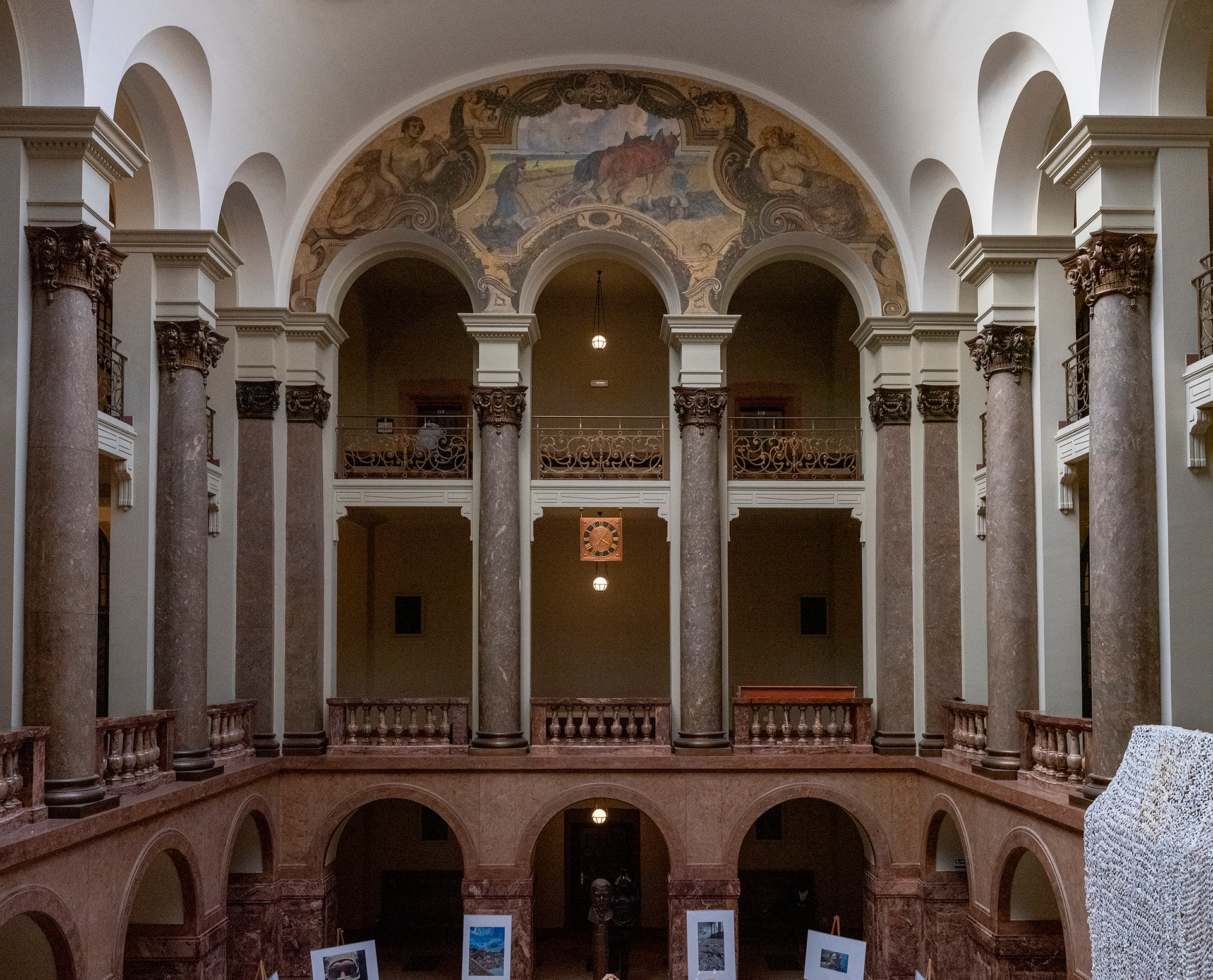
To implement the provisions of the 1886 Settlement Law, a special institution was created in Posen (today’s Poznan) under the German Ministry of Agriculture—the so-called Royal Prussian Settlement Commission for West Prussia and Posen (Königlich Preußische Ansiedlungskommission für Westpreußen und Posen). The xenophobic language of the Settlement Law contained overt declarations that this piece of legislation was intended to completely eradicate the traces of Polish culture, history, and economy to make these two provinces German once and for all. One of its co-authors even went so far as to proclaim it as part of an ancient struggle for power between Poles and Germans, and that once a territory, in this case, the Ostmark, had been conquered with the German sword and the ploughshare, it should never be given back—a claim that was soon proven futile.
The Settlement Commission was responsible for managing mass resettlement programs and colonization. It also carried out extensive propaganda, research, and supervision of nearly every aspect of settlers’ economic and cultural life. The commission exerted a combination of political, disciplinary, and scientific power over the area it was tasked to colonize and became a sort of a colonial administration within Germany’s own borders. It collected a vast amount of data, providing detailed knowledge about its inhabitants and their living conditions: who lived where, how many bricks and timber they used to build a barn or a workshop, etc. Active until late 1918 when Germany had to cede these former Polish territories to the newly independent Poland after a defeat in WWI, the Commission was able to lure, during the three decades of its operations, more than 200,000 German settlers and distribute them over approximately 600 new villages it designed and built in the Ostmark. Still, it fell short of its goal, not only because that number of German farmers and craftsmen was still not enough to ‘germanize’ the area, but also because the territory had to be eventually ceded anyway. Ironically, the grandiose colonization plans were still being discussed within the German government in early 1918: the Commission’s last chairman Friedrich von Schwerin, calling Germans the ‘greatest colonizing people on earth’, proposed a policy to continue the colonizing mission in the East which involved expulsion of all Poles and Jews from the newly conquered territory. Nevertheless, the Commission’s extensive practical and theoretical work had a profound impact on German urban planning and architecture, including the Garden City Movement. The ‘model’ villages built on Polish land provided practical knowledge and experience for building workers’ settlements in Germany later on.
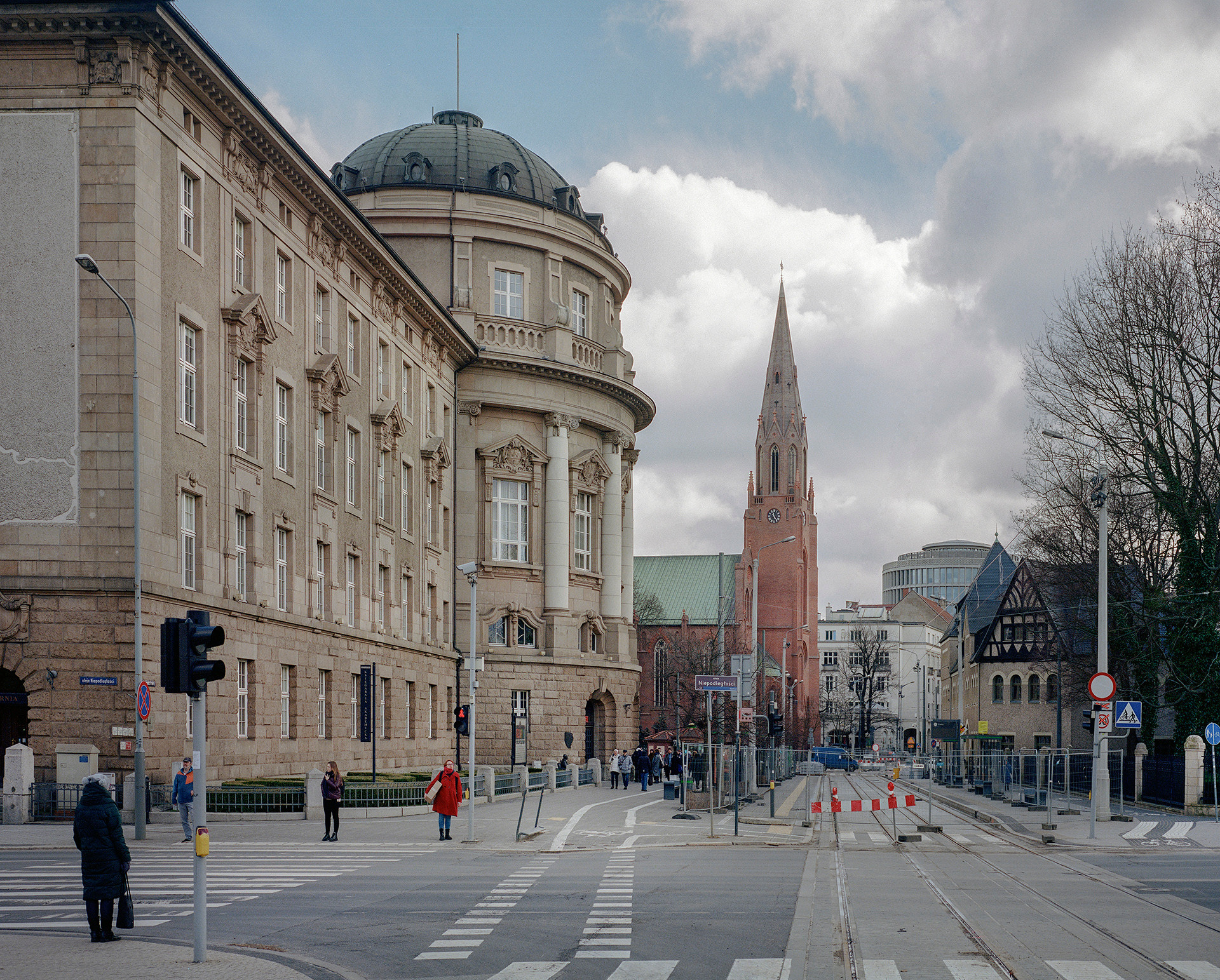
The Settlement Commission’s imposing headquarters was specially designed by German architect and construction official Oskar Delius in a characteristic Wilhelmine neo-baroque style with elements of classicism and completed in 1908. The project was part of a larger redevelopment in central Posen dubbed Imperial Quarter (Kaiserviertel). It was ordered by Kaiser Wilhelm II who wanted to make the city look more distinctively and representatively German. The Catholic church of Holy Savior visible in the background of the photo above was built in 1869 as the German Protestant church Sankt Pauli with funds donated by King of Prussia Friedrich Wilhelm IV. Just two years later, the infamous Kulturkampf (literally ‘culture struggle’) started in the newly unified German Empire. This political campaign was initiated by Chancellor Otto von Bismarck, an ardent Protestant, aiming to undermine his rival Catholic party and the Catholic influence in general. In the Polish-speaking and largely Catholic Prussian provinces, Catholicism came to be regarded as a direct threat. In the German political rhetoric, it became discursively associated not only with the Polish identity and political aspirations considered adversarial to the German empire, but even with its supposed ‘backwardness’ as opposed to Protestantism. This paved the way for an intensely anti-Polish Kulturkampf in Posen Province, marked by language bans, arrests of nearly 200 Catholic priests, and other extreme measures that ended only with WWI. When Poznan was reoccupied by the Nazis at the outbreak of WWII in 1939, the former headquarters of the defunct Settlement Commission was taken over by the Nazi police—a symbolic coincidence highlighting the shift the German political regime has taken from a racialized but still relatively peaceful colonization to all-out war, Nazism and violence. Today the building houses one of the university faculties.
II
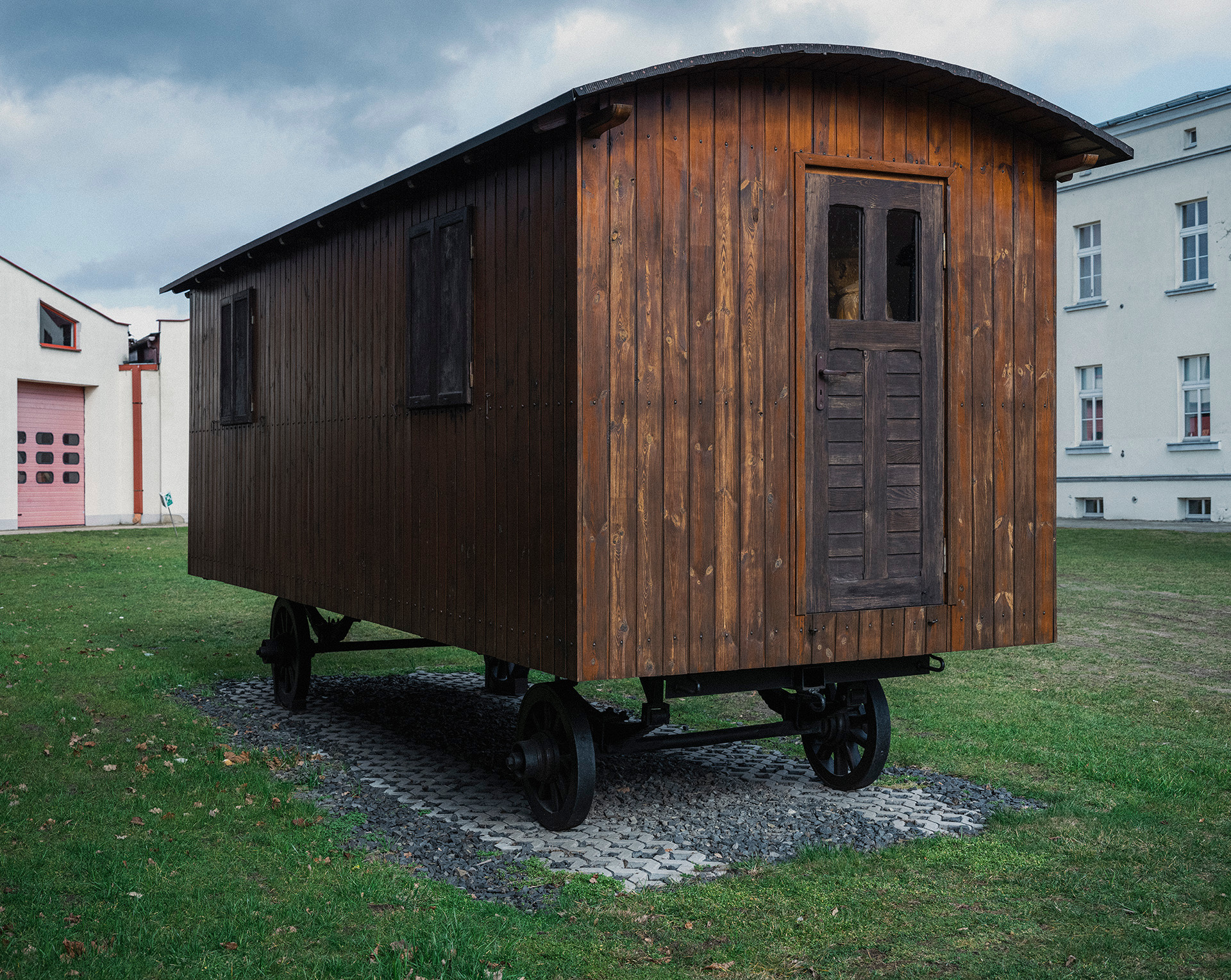
Colonial conquests always and everywhere met resistance from the colonized. The colonizers' response, most of the time, was brutal, resorting to 'all means available' in the colonial toolkit—from discriminatory tactics to ‘counter-insurgency measures’ to genocide. All of these actions have always been technically ‘legal’. Prussian-annexed Poland was no exception. It should be noted that Germany did not completely destroy the Polish civil society institutions, which were still able to mount an organized resistance against German policies which, in the end, only strengthened Polish nationalism and independence movement. The more the resistance to Germanization grew, the more radical German policies became. One such policy was the overtly discriminatory 1886 German Settlement Law, that contained severe restrictions with regard to land use and building arrangements for German citizens of Polish origin in Prussia’s largely Polish-speaking Eastern provinces. Though Poles were allowed to own land, a 1904 amendment prohibited them to build homes on newly purchased parcels. The law even stipulated that any property immobile for more than 24 hours would be considered a home, hence an illegal structure. To challenge this humiliating legislation and raise awareness, a farmer named Michał Drzymała who had earlier purchased a parcel of land in the village of Kaisertreu but was denied permission to build a house, bought an old circus wagon and got to live in it while moving it every day a little to prove it was not stationary. The ensuing legal battle with the German authorities lasted several years, gaining him popularity and sympathy both in Poland and abroad. Though he ultimately lost the case and was forced to sell his land, Drzymała became a resistance hero who exposed and mocked the racism of the Germanization policy in such an ingenious way.
III
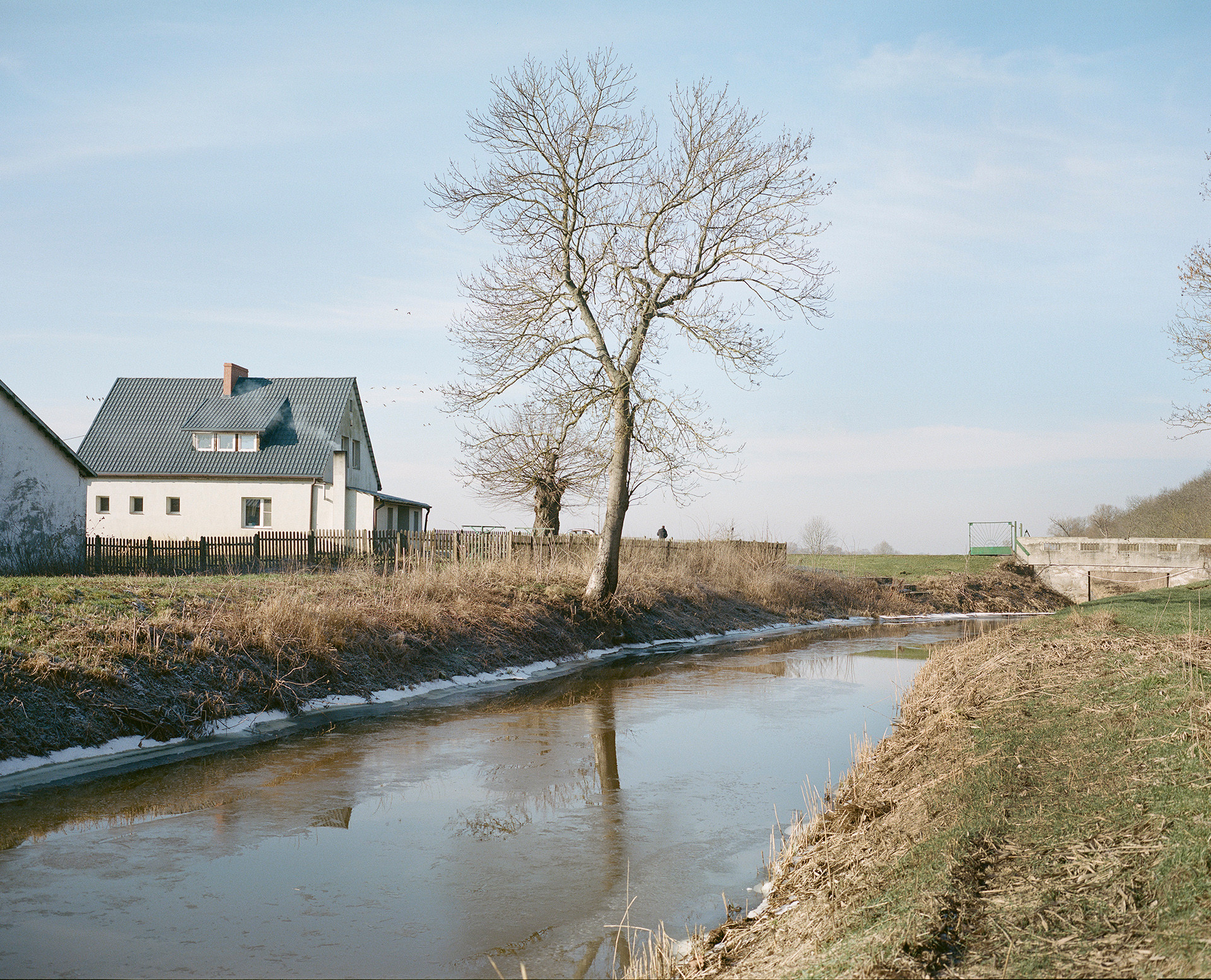
The turn-of-the-century German colonialist thinking was distinct in that debate and political discourse was almost always oscillating between overseas and internal colonization, often trying to strike a balance between imperial prestige (‘every self-respecting empire should have colonies’) and economic interest. Public figures theorized extensively on how to colonize both Africa and Eastern Europe, with a priority on the latter. Some scholars and politicians argued that Germany should reinvigorate its centuries-old eastward push because overseas expansion was simply too costly and colonial acquisitions were too difficult to defend and govern. Eastern Europe, on the contrary, while almost as ‘inferior’, in the eyes of German policymakers, as the British or French colonies overseas, lay nearby. These debates and policy that ensued grew up on a fertile ground of earlier German disputes over nation- and empire-building which (re)introduced, around the mid-to-late 19th century, such notions as Drang nach Osten (Push to the East) and Grenzkolonisation (Frontier Colonization) rhetorically justifying the allegedly historic German claims and rights on Poland and other Slavic lands. These, in turn, were predated by even older but similar ideas and projects within Germany, and the so-called Friderician colonization was one of them.
Although the marshlands along the lower course of the river Warta (Warthebruch in German or Błota nadwarciańskie in Polish) became part of the German Margraviate of Brandenburg as far back as in 13th century (earlier it was part of medieval Poland) they stood mostly empty and undisturbed by humans up until mid-18th century when King of Prussia and Markgraf of Brandenburg Frederick II ‘the Great’ decided to drain swamps, reclaim land and start cultivating it to improve food supplies to the Prussian capital Berlin. He ordered tens of new villages built on reclaimed land and resettled thousands of German farmers whom he attracted, besides other means, by naming the settlements after places associated with America and other ‘exotic’ areas that were being colonized by Europeans about the same time, such as Neu Amerika (New America), Jamaika, Malta, Maryland, Quebec, Pennsylvania, Savannah, and the like. In doing so, he wanted to raise the settlers’ spirits and make them feel as if they were exploring and civilizing a ‘wild’ area similar to what other European settlers were believed to be doing in America and elsewhere back then. In spite of a

visible and, one must add, an unprecedented transformation that the landscape here underwent as a result of the Friderician colonization, the project turned out to be eventually unsustainable due, among other things, to huge maintenance costs, corruption, and burdensome taxation imposed on colonists. A similar fate would await further German colonization projects in Poland and beyond despite vast and ‘scientifically well-grounded’ research (see Chapters I and II above). Interestingly, comparisons and references to the colonization of North America and other territories that the German rulers and policymakers uttered often when they spoke of Germany’s Eastern European conquests (Frederick II himself compared Poles with Iroquois and West Prussia with Canada) continued up through the end of the Nazi era. After 1939, for example, Hitler declared his newly created Generalgouvernement a temporary reservation for Poles and compared Ukraine’s projected role to Nazi Germany to one India played to Britain in terms of resources. SS head Himmler, for his part, talked of Ukrainian resistance fighters as North American ‘natives’ who needed to be subdued.
In today’s Poland which got hold of this territory after WWII, this former colonization area is still colloquially known as New America although of old ‘American’ and other exotic placenames only Malta survives to this day; others were given Polish names while all descendants of the Friderician colonists were deported to Germany.
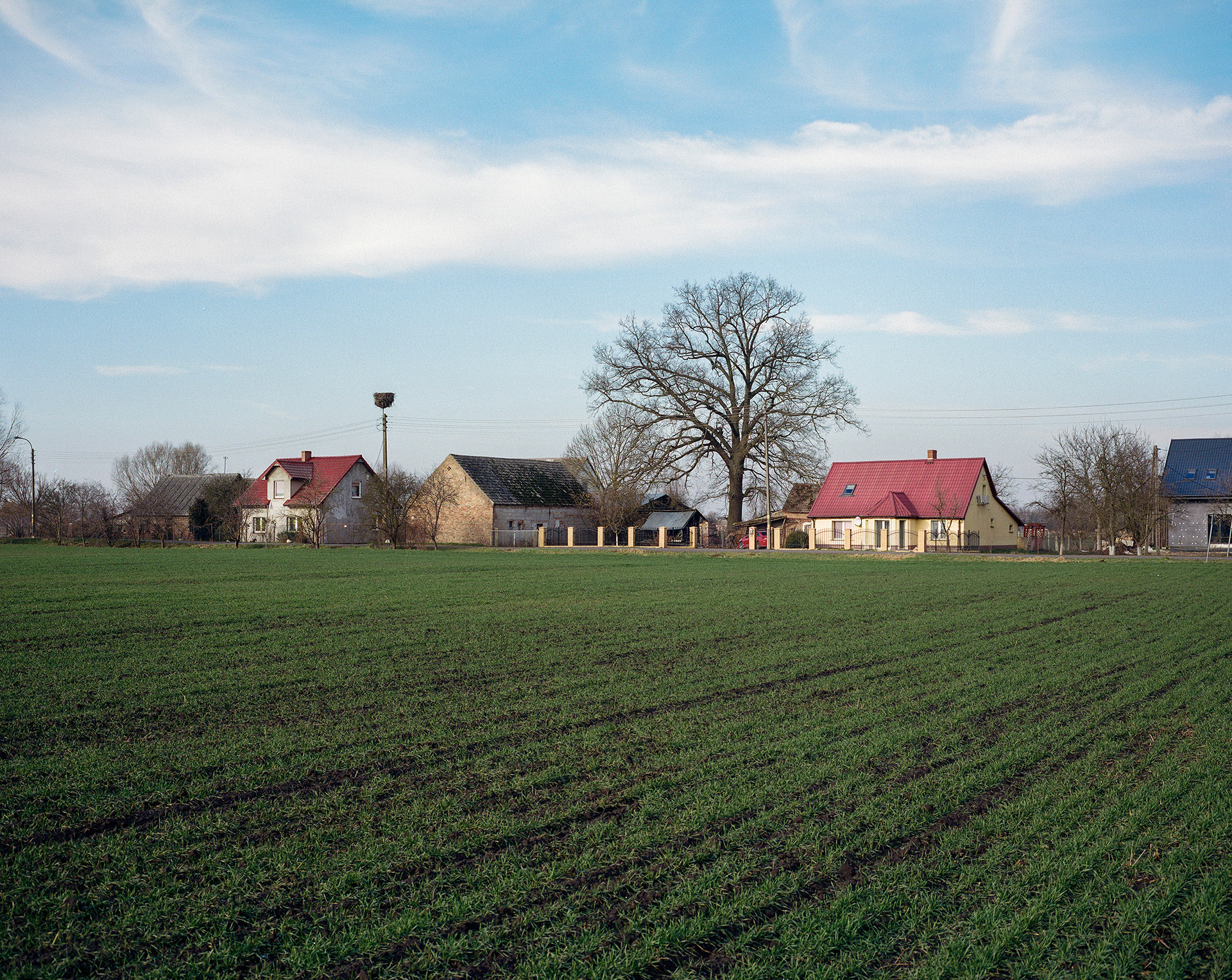
It should also be noted that this land reclamation and settlement project was only a small part of Frederick’s colonization effort which involved the construction of German settlements in Polish-speaking Silesia, for example, which he annexed in 1740, and in other territories he gained as a result of the first partition of Poland in 1771. As a consistent policy and line of political thought, internal colonization in Germany lasted up until the mid-20th century and ended only with the defeat of the Nazi regime.
IV
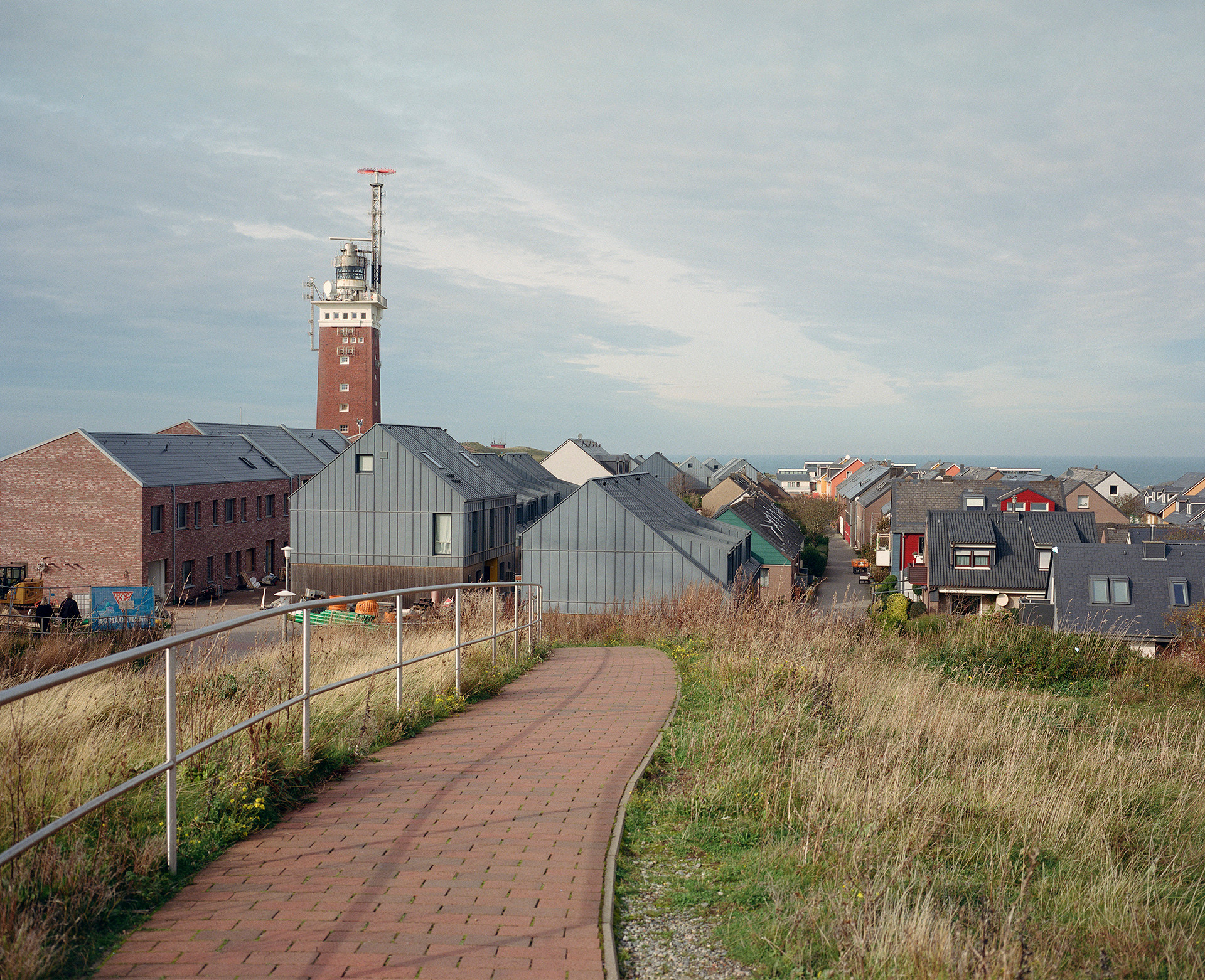
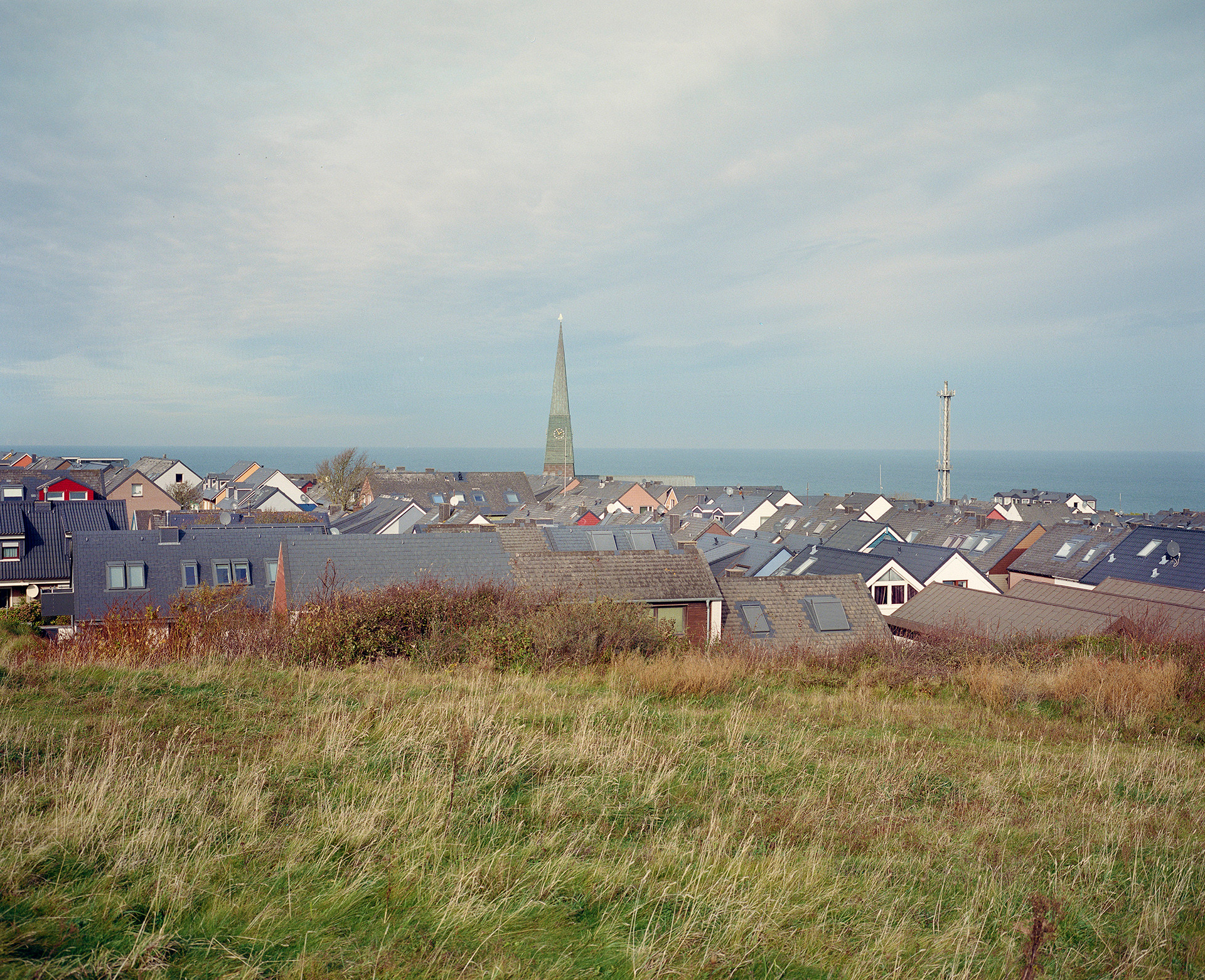
Helgoland—a rocky islet located some 70 km off the German coast in the North Sea—is known today for its tax-exempt status (it is not part of the EU VAT area and customs union) but even more so, and for long, as a paradise for holidaymakers, one of whom—poet August Heinrich Hoffmann von Fallersleben—has written here the lyrics for what would later become the German national anthem—Das Lied der Deutschen. But while it is not much advertised anywhere on the island nowadays, it may also serve as a bright example of ‘great power’ colonial attitudes to territory and its ‘native’ inhabitants, in this case, Frisians, an ethnic group indigenous to today’s Dutch coastal areas, northwestern Germany, southern Denmark, and… Helgoland.
When Frisians had lost their own kingdom in the 8th century, Helgoland has allegedly become the last refuge for their defeated king Radbod. After several centuries of Danish rule, Britain seized the island in 1807 and made it a crown colony. Until mid-19th century, this status was assigned to territories Britain had captured through war and later generally meant no or very limited self-government. In 1890, however, Britain ceded Helgoland to Germany under an agreement that became misleadingly known as the Helgoland–Zanzibar Treaty. According to it, Germany relinquished its claims to the Sultanate of Zanzibar and agreed not to interfere with the British attempts to bring it under control. It also ceded control over a few other African dependencies. Moreover, the agreement delineated borders between some of the British and German colonies in other parts of Africa, in what is today Togo, Kenya, Cameroon, and Nigeria. So contrary to popular belief and its misleading colloquial name shaped in many ways by ex-Chancellor Bismarck and other conservative politicians and media who criticized the treaty as unfair, Germany did not actually exchange Zanzibar for Helgoland—the former never belonged to it, being formally an independent state in the so-called German ‘sphere of influence’. In fact, the German Reich acquired important swaths of territory and many lucrative trade arrangements including the infamous Caprivi Strip that gave it access to the Zambezi River. Helgoland was only mentioned in the last article of the treaty. As the agreement was being negotiated, neither Helgoland Frisians nor the inhabitants of lands that Germany and Britain were about to swap in Africa have ever been asked whose citizens they wanted to be. The British media criticized the agreement and called for a referendum on Helgoland, citing their own surveys clearly showing most Helgolanders wanted to stay in Britain, all to no avail. Overnight, the islanders became subjects of the German Kaiser. As compensation, they were offered some minor incentives, such as the tax exemption that exists to this day. Some of them were even deported as ‘British sympathizers’ in the run-up to WWI. After Germany lost most of its colonial acquisitions as a result of WWI, Helgoland was the only one it was allowed to keep, an arrangement that remained in force even after the Nazi defeat and a short period of British military control from 1945 to 1952.
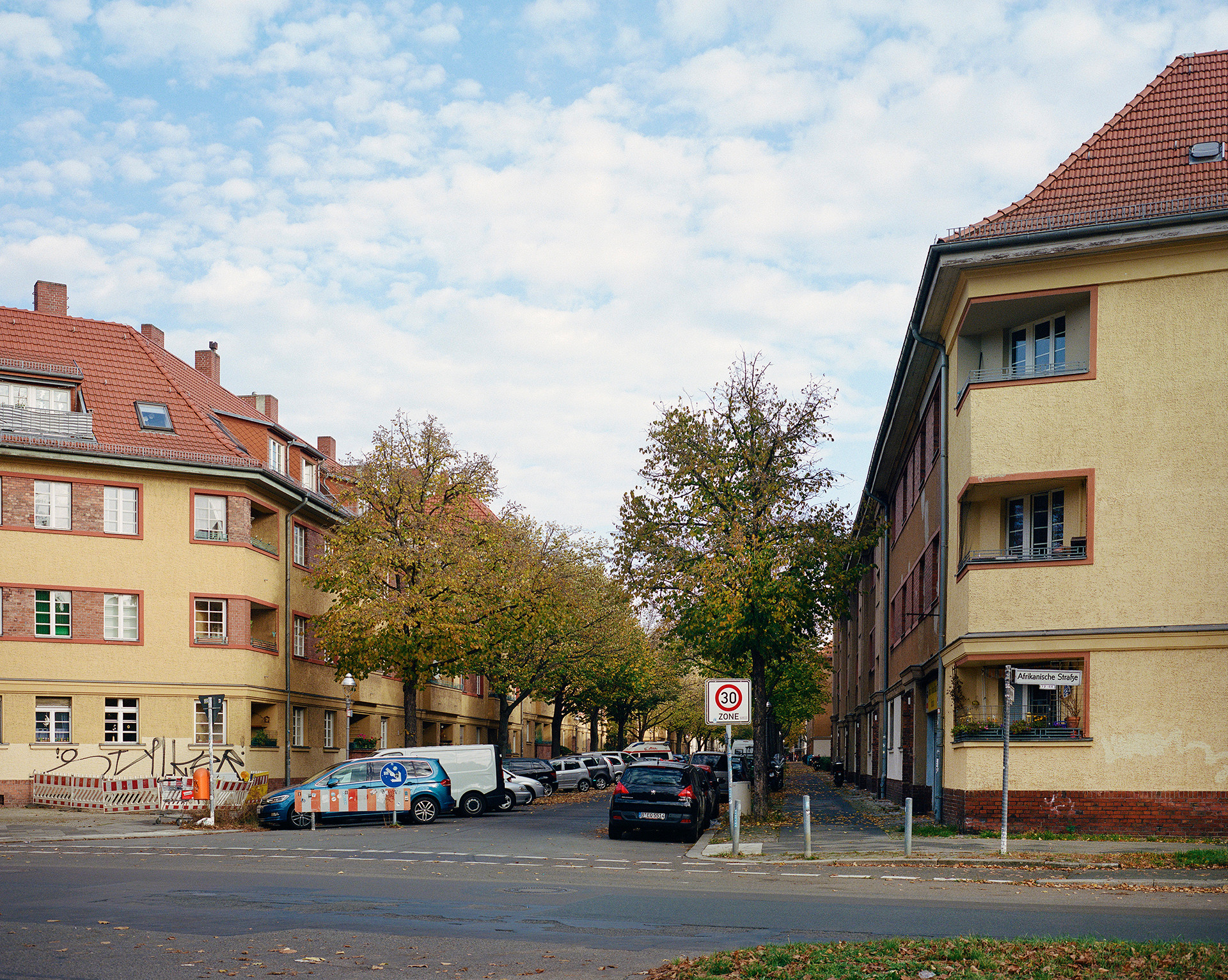
Twenty-two years after the signing of the Helgoland-Zanzibar treaty, in which renounced claims to Zanzibar, that had never belonged to it anyway, the city of Berlin named a street after Zanzibar (Sansibarstraße, pictured above) in a newly developed neighborhood called African Quarter (Afrikanisches Viertel). This neighborhood was established in the early 20th century and its streets were mostly named after German colonizers such as Lüderitz, Nachtigal, and Carl Peters, as well as German territorial possessions in Africa, such as Togo or Cameroon. Though Zanzibar was never a German colony, it probably held such a large place in the colonial imagination of Berlin’s local government that they decided to name a street after it.
Despite a lasting controversy and public campaigns to remove colonial heritage from the map of Berlin, the district authorities only recently agreed to finally get rid of some of the most ill-famed names. A somewhat revealing situation with memory politics in this area has occurred with Petersallee. It was originally named after Carl Peters, a colonial administrator in German East Africa and a brutal racist even by the ‘standards’ of his time. His brutality vis-à-vis the local population even cost him his Reichskommissar job. In the mid-1980s, the local council in then-West Berlin decided to ‘rededicate’ the street after another Peters, Hans, a resistance fighter during the Nazi rule. Only in 2020 was Petersallee split into two parts and formally renamed to commemorate the so-called 1905 Maji-Maji uprising against German colonial rule in East Africa (one part) and another part—after Anna Mungunda, a Herero demonstrator shot dead by South African police in 1959 (when Southwest Africa, now Namibia, was no longer a German colony for more than forty years already). As of late 2023, Google Street View still names it as Petersallee, however, due apparently to a lengthy lawsuit filed by residents of (former) Petersallee against the renaming.

One of the neighborhood’s main thoroughfares, Afrikanische Straße (African Street), runs along what is known today as the vast public Volkspark Rehberge. When first proposed, the project included a human zoo, a racist concept developed at the height of the Age of Empire. These human zoos became hugely popular and quickly sprang up all over the colonial world from the US and Belgium to Russia and Germany. Some continued operating until the late 1950s though their legacies in the form of purely Orientalist make-believe ‘attractions’ with pseudo-African pseudo-adobe structures live on in places like Phantasialand, an amusement park near Cologne.
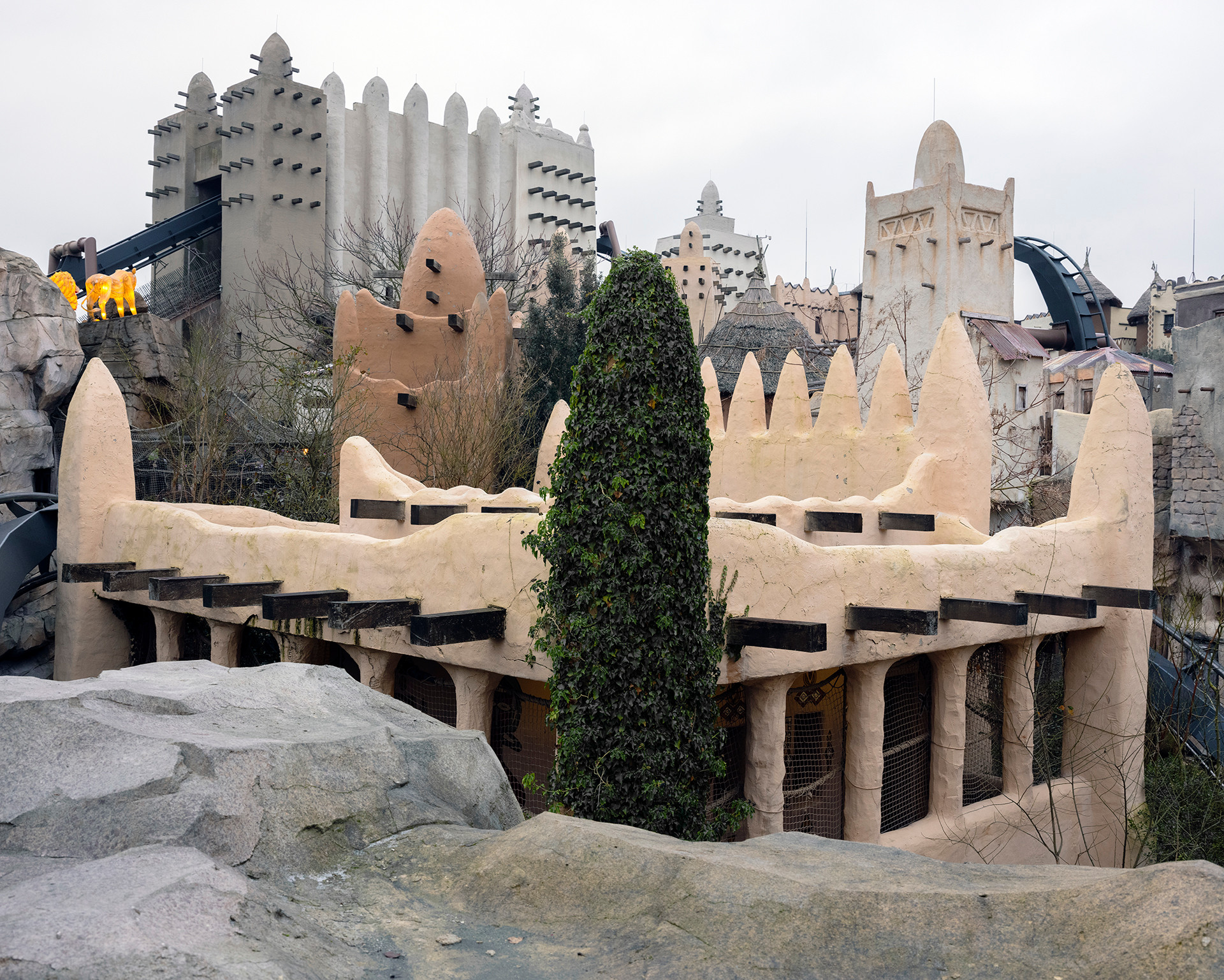
The underlying concept of the human zoo was to showcase animals and humans from colonies, ranging from as near as Sápmi (then known as Lapland) to as far away as South Africa. They were displayed in a 'natural environment', emphasizing the stark colonial difference and the perceived successful civilization mission. This gave the white visitors a sense of superiority over the ‘primitive natives,’ whether consciously or unconsciously. The concept is believed to have been developed by Hamburg-based entrepreneur Carl Hagenbeck. The proposed new Berlin Zoo was to be modeled after Hagenbeck’s first zoo in Hamburg, which, incidentally, bears his name to this day. The plan was eventually scrapped due to WWI. Intentionally or not, the general layout of the Berlin neighborhood where it was to be located still reflects the popular colonial dichotomy ‘nature’ vs. ‘culture’. This is represented by the landscape park, the Volkspark Rehberge, symbolizing 'nature', and the adjacent residential district Afrikanisches Viertel, representing 'culture', which is regularly planned and built up.
Bibliography
Hannah Arendt. The Origins of Totalitarianism. Meridian Books, 1962
David Blackburn. The Conquest of Nature. Water, Landscape, and the Making of Modern Germany. W.W.Norton & Co., 2007
Sebastian Conrad. Internal Colonialism in Germany. Culture Wars, Germanification of the Soil, and the Global Market Imaginary. In: German Colonialism in a Global Age. Edited by Geoff Eley; Bradley Naranch. Duke University Press, 2015.
Sebastian Conrad. German Colonialism. A Short History, Cambridge University Press, 2011
Hollyamber Kennedy. Infrastructures of ‘Legitimate Violence’: The Prussian Settlement Commission, Internal Colonization, and the Migrant Remainder. In: Gray Room, #76, 2019
Jürgen Osterhammel. Colonialism. Markus Wiener Publishers, 2005
Jan Rüger. Heligoland. Britain, Germany, and the Struggle for the North Sea. 2017
ZEIT Geschichte. Der Deutsche Kolonialismus, #5, 2023